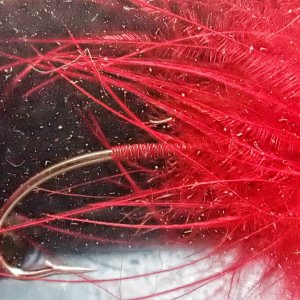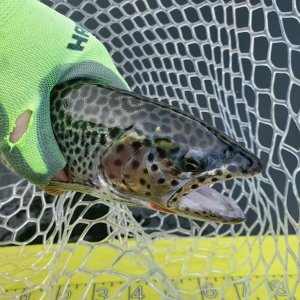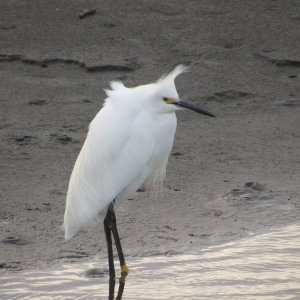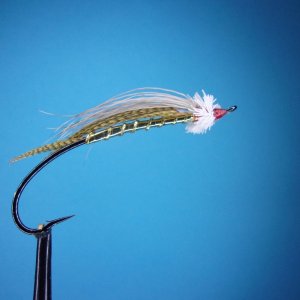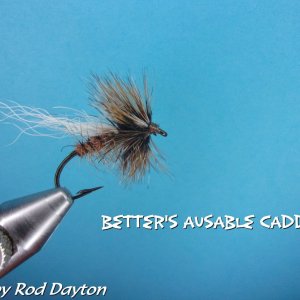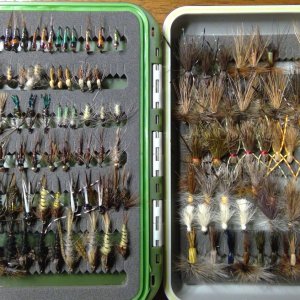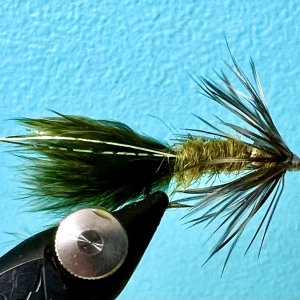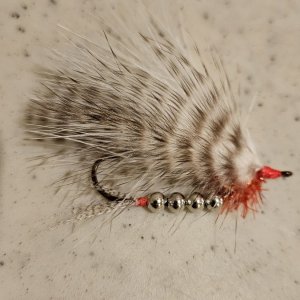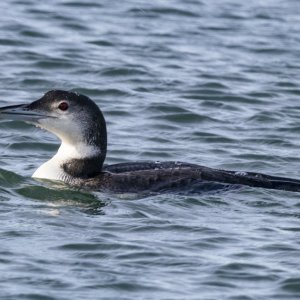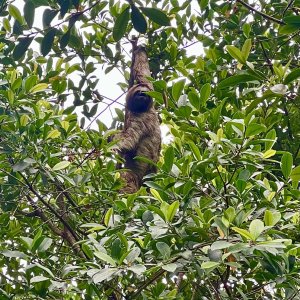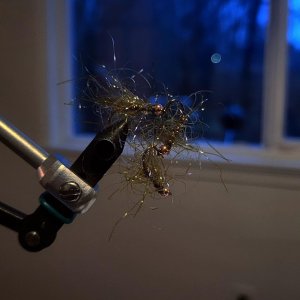jb_fishes
Freshly Spawned
I've been dark on WFF for about a year and a half now since I've been at school trying to wrap up my Bach. of Sci. or working in the back country doing electrofishing/habitat surveys so when I tried throwing this thread up on WFF I was surprised to see none of the regulars. So I created a new account here when I found out you guys had mostly all switched over.
Anyways, I know chinook don't get quite as much love around here as steelhead but since talk about steelhead on here these days is griping about Kendall Creeks inability to get fish to return or a slew of threads about how to fish the 'Duc' at least thats what it looks like on WFF these days. I've been trying to swing a chinook for a couple years now and have hooked a few that never made it to hand but I also haven't been able to get out much recently till now. I've always been fond of spring and summer chinook due to their unique life history and ability to pull like a Mac truck so as I've improved as a swing fisherman my desire to hook one has also increased. Some rivers I have been interested in fishing for them however, more years than not, are quite silty and even off color by July which is often also the peak migration for the run, thus the reason I was curious enough to make a thread about it.
I've seen some videos from B.C. where guys are catching fish in what looks like only a foot of visibility so that has jogged my curiosity otherwise a few of these rivers I am interested in seem to be unfishable. I plan on using 10ft sections of T11 and T14 paired with a massive upstream mend or two as well as 25lb mono to a semi-sparse marabou two stage intruder in black and purple with a flashy body and beefy dumbbell eyes if that helps. My main thoughts are:
What is the least amount of visibility needed to still have a chance at having my fly seen?
Would I be constrained to overcast summer days or early mornings before the sun has really had an effect on the turbidity?
Do any of you guys have any experience swinging chinook or other salmonids in 1-2' of visibility?
My thought process was that maybe if I had a solid 1' of visibility minimum and I take baby steps down the run (should fish be holding there) then I should have a pretty good chance. I feel like I am pretty good at getting really deep when I need to and a larger but sparse black and purple intruder should show up well and get down quick. Let me know your thoughts if you have any expertise in this sort of fishery, I'd appreciate it.
Cheers everyone.
Anyways, I know chinook don't get quite as much love around here as steelhead but since talk about steelhead on here these days is griping about Kendall Creeks inability to get fish to return or a slew of threads about how to fish the 'Duc' at least thats what it looks like on WFF these days. I've been trying to swing a chinook for a couple years now and have hooked a few that never made it to hand but I also haven't been able to get out much recently till now. I've always been fond of spring and summer chinook due to their unique life history and ability to pull like a Mac truck so as I've improved as a swing fisherman my desire to hook one has also increased. Some rivers I have been interested in fishing for them however, more years than not, are quite silty and even off color by July which is often also the peak migration for the run, thus the reason I was curious enough to make a thread about it.
I've seen some videos from B.C. where guys are catching fish in what looks like only a foot of visibility so that has jogged my curiosity otherwise a few of these rivers I am interested in seem to be unfishable. I plan on using 10ft sections of T11 and T14 paired with a massive upstream mend or two as well as 25lb mono to a semi-sparse marabou two stage intruder in black and purple with a flashy body and beefy dumbbell eyes if that helps. My main thoughts are:
What is the least amount of visibility needed to still have a chance at having my fly seen?
Would I be constrained to overcast summer days or early mornings before the sun has really had an effect on the turbidity?
Do any of you guys have any experience swinging chinook or other salmonids in 1-2' of visibility?
My thought process was that maybe if I had a solid 1' of visibility minimum and I take baby steps down the run (should fish be holding there) then I should have a pretty good chance. I feel like I am pretty good at getting really deep when I need to and a larger but sparse black and purple intruder should show up well and get down quick. Let me know your thoughts if you have any expertise in this sort of fishery, I'd appreciate it.
Cheers everyone.

